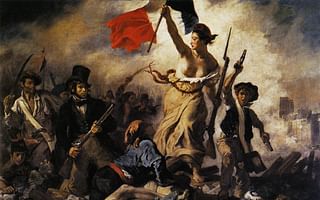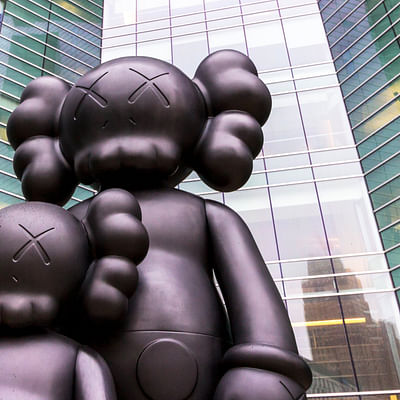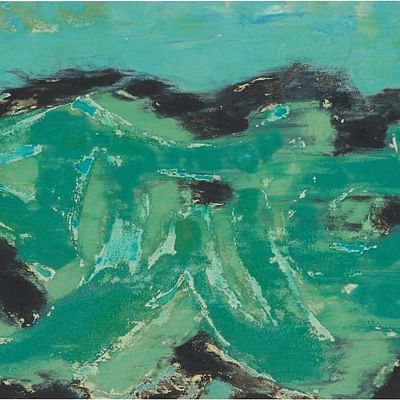Mariam is a passionate art educator and blogger with a keen interest in exploring the crossroads of art and pop culture. A long-time admirer of Kaws since her university years, she frequently incorporates his work into her lesson plans. Mariam earned her Master's degree in Art Education from the University of California, Los Angeles.
Roy Lichtenstein had a profound influence on the pop art movement. His unique artistic style and subject matter helped shape the direction of this iconic art movement, leaving a lasting impact on the art world.
Lichtenstein was known for his bold and vibrant paintings that drew inspiration from popular culture, particularly comic books and advertising. He took everyday images and transformed them into larger-than-life works of art, blurring the lines between high and low culture. His use of Ben-Day dots, a technique borrowed from the printing industry, became one of his signature visual elements.
One of Lichtenstein's most famous works, "Whaam!", exemplifies his impact on the pop art movement. This diptych painting depicts a fighter jet firing a missile, with a comic book-style caption that reads "Whaam!" The painting combines elements of action, drama, and popular culture, capturing the essence of the movement.
Lichtenstein's art challenged traditional notions of what constituted "fine art." By appropriating and recontextualizing images from popular culture, he elevated everyday objects and themes to the realm of high art. This approach was a departure from the abstract expressionism that dominated the art scene at the time.
His work also explored themes of consumerism, mass production, and the role of media in shaping our perceptions. By using familiar imagery, Lichtenstein invited viewers to question the influence of popular culture on their own lives. His art became a reflection of the changing times and a commentary on the increasing saturation of mass media in society.
Lichtenstein's influence on the pop art movement can be seen in the work of contemporary artists, including Kaws. Kaws, a renowned artist known for his iconic figures and unique paintings, draws inspiration from popular culture and incorporates elements of mass media into his art. His bold colors, graphic style, and use of familiar imagery echo Lichtenstein's approach.
While Kaws has developed his own distinct style, there are clear parallels between his work and Lichtenstein's. Both artists challenge the boundaries between high and low culture, using popular imagery to create thought-provoking and visually striking art.
In conclusion, Roy Lichtenstein played a pivotal role in shaping the pop art movement. His bold and vibrant paintings, inspired by popular culture, challenged traditional notions of art and paved the way for future artists to explore similar themes. His influence can be seen in the work of artists like Kaws, who continue to push the boundaries of art and popular culture.















